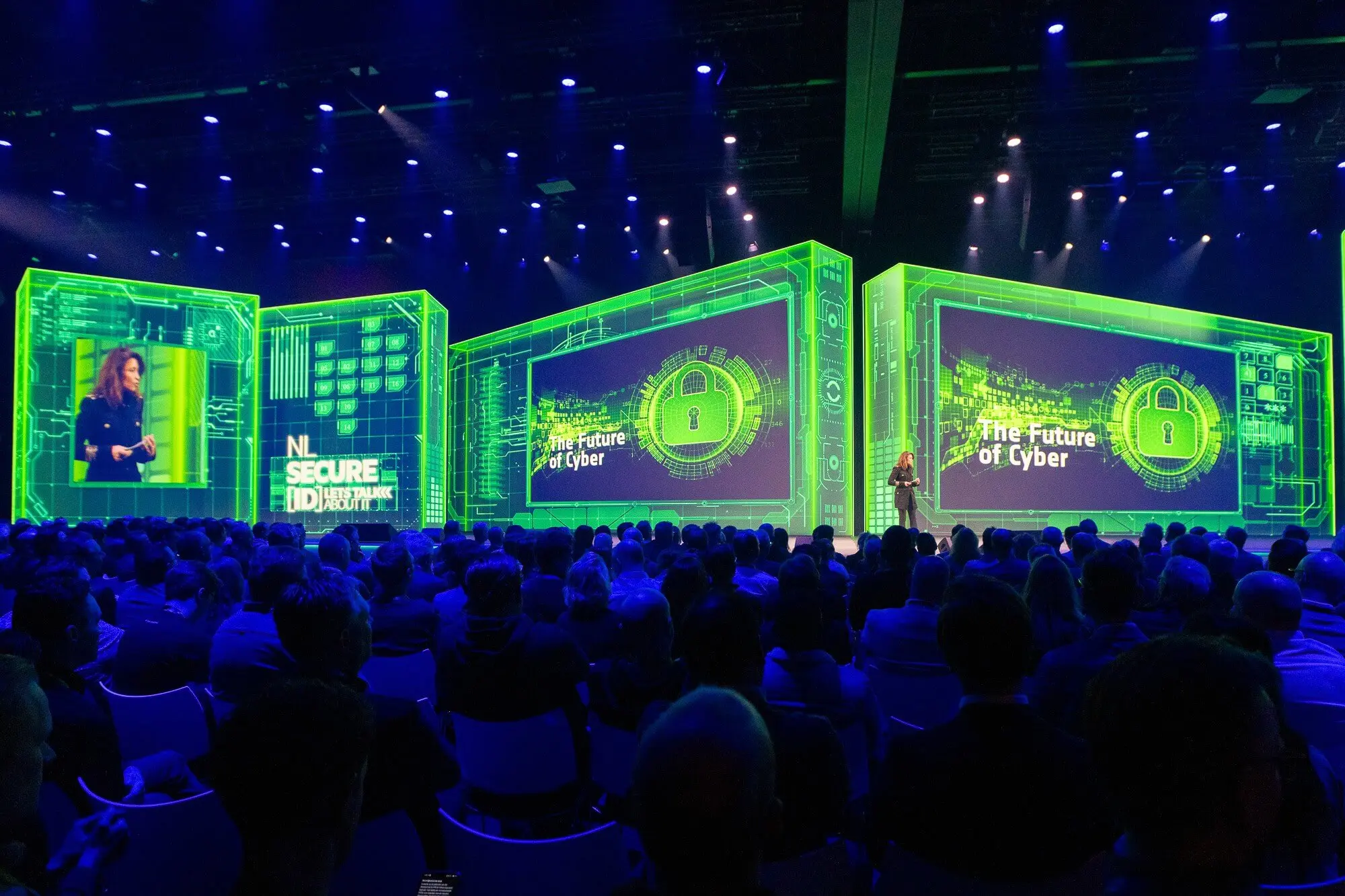The Digital Dutch
Zakelijk blog
Thema's
Met deze actielijst maak je als ondernemer een frisse start in 2026
Niets is lekkerder dan een nieuw jaar te beginnen met een opgeruimd bureau en ruimte in je hoofd voor briljante plannen. Maar dat kan eigenlijk pas als je de basis goed op orde hebt. Hier zijn zeven tips om in 2026 nog aangenamer, veiliger en efficiënter te starten.

Met deze actielijst maak je als ondernemer een frisse start in 2026
Niets is lekkerder dan een nieuw jaar te beginnen met een opgeruimd bureau en ruimte in je hoofd voor briljante plannen. Maar dat kan eigenlijk pas als je de basis goed op orde hebt. Hier zijn zeven tips om in 2026 nog aangenamer, veiliger en efficiënter te starten.

Bescherm je telefoon tegen kou: zo gaat je batterij langer mee in de winter
Als het heel koud is, gaat je smartphone sneller leeg. Lastig als je op wintersport bent, maar ook als het in Nederland rond het vriespunt is. Om de batterijduur van je telefoon te verhogen kun je een aantal dingen doen als het flink koud is.

Bescherm je telefoon tegen kou: zo gaat je batterij langer mee in de winter
Als het heel koud is, gaat je smartphone sneller leeg. Lastig als je op wintersport bent, maar ook als het in Nederland rond het vriespunt is. Om de batterijduur van je telefoon te verhogen kun je een aantal dingen doen als het flink koud is.

Nieuws en inspiratie
Met deze actielijst maak je als ondernemer een frisse start in 2026

5 cybersecuritytrends die 2026 gaan bepalen

NLSecure[ID] 2026: bouw jij mee aan een cyberweerbaar Nederland?

AI-agents veranderen security fundamenteel. Zijn CISO’s er klaar voor?

Zo helpt AI marketeers: meer inzicht in leads

10 tips voor startende ondernemers

Onze evenementen
Meld je aan of kijk terug
NLSecure[ID] 2026
De 10e editie van NLSecure[ID] is op 20 januari 2026. Dit keer is het thema ‘Samen maken we Nederland veiliger’.

Cyberdreigingen raken steeds vaker de hele financiële keten. Door wet- en regelgeving zoals DORA zijn financiële instellingen niet alleen verantwoordelijk voor hun eigen security, maar ook voor die van hun leveranciers en partners. Hoe zorg je voor een weerbare keten zonder de samenwerking te verliezen? En hoe kunnen technologie en zero-trust principes hierbij helpen?

Veiligheid verbindt: security als gezamenlijke missie binnen het overheidsdomein
Hoe beschermen we Nederland tegen digitale dreigingen die geen grenzen kennen? Het antwoord is een gezamenlijke missie voor overheid en bedrijfsleven. In dit on-demand webinar ontdek je de kracht van publiek-private samenwerking in security. We gaan van internationale wetgeving tot concrete praktijkvoorbeelden. Zodat jij weet hoe we samen een veilige digitale toekomst bouwen.

Webinar: Microsoft Ignite After Talk
Van 18 tot 21 november was het Microsoft Ignite plaats, hét evenement waar de nieuwste technologische innovaties worden gepresenteerd. Heb je niet de tijd om alles te volgen, maar wil je wel bijgepraat worden over alle belangrijke ontwikkelingen?

Data-uitwisseling in de zorg
Integrale samenwerkingen? Zo werkt data-uitwisseling in de praktijk!





















